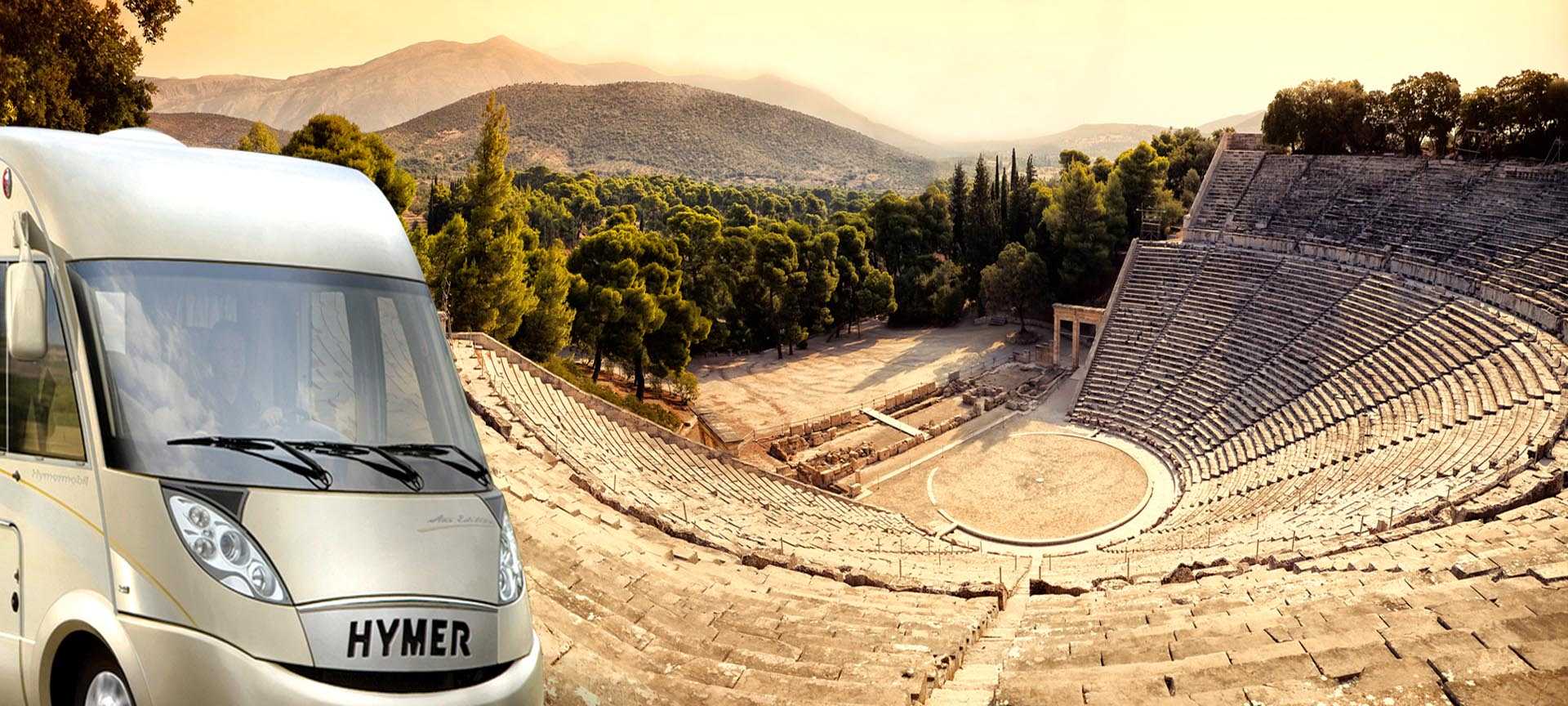
Important Update Regarding Campervan and Caravan Regulations in Greece
This new Greek camping law prohibitions have sparked significant concern and pushback from professionals and stakeholders in the camping tourism sector, who witnessed firsthand the negative impact on travel and local economies. In response, the Greek government reviewed the law and made necessary amendments.
The revised legislation now allows campervans and caravans to park in public areas under specific conditions, as outlined below:
Article 4 – Vehicle Definitions 69. “Caravan”: Special purpose – special use vehicle, classified as follows: (a) Motorized caravan/motorhome: A passenger transport vehicle with a living area that includes at least the following equipment: (aa) Seats and a table (the table may be designed so that it can be easily removed), (ab) Sleeping accommodation, which may be created by converting the seats, (ac) Kitchen area, (ad) Storage space. The above equipment must be permanently fixed within the living area. b) Caravan/Trailer camper: A towed vehicle designed for road use, providing mobile accommodation and suitable equipment—such as the above-mentioned—for the accommodation of passengers when parked.
Article 38 – Stopping and parking Paragraph 1 Stopping and parking are permitted, provided that no danger or obstruction to traffic is caused thereby and there are no relevant prohibitory signs or markings.
Article 38 – Paragraph 6 In built-up areas, the parking of lorries with a maximum permissible weight of over three and a half (3.5) tonnes, buses, construction machinery, agricultural machinery, trailers, towed caravans, motor caravans with an overall length exceeding seven metres and fifty centimetres (7.50 m), and vessels is prohibited beyond twenty-four (24) consecutive hours. For the parking of towed and motor caravans outside built-up areas, paragraph 5 shall apply.
Article 38 – Paragraph 5 Outside built-up areas, stopping or parking is only permitted in areas designated for that purpose or on the road shoulders, if such areas do not exist, as close as possible to the right-hand edge of the carriageway and parallel to its axis, unless such positioning is prohibited.
You can read the full law here





